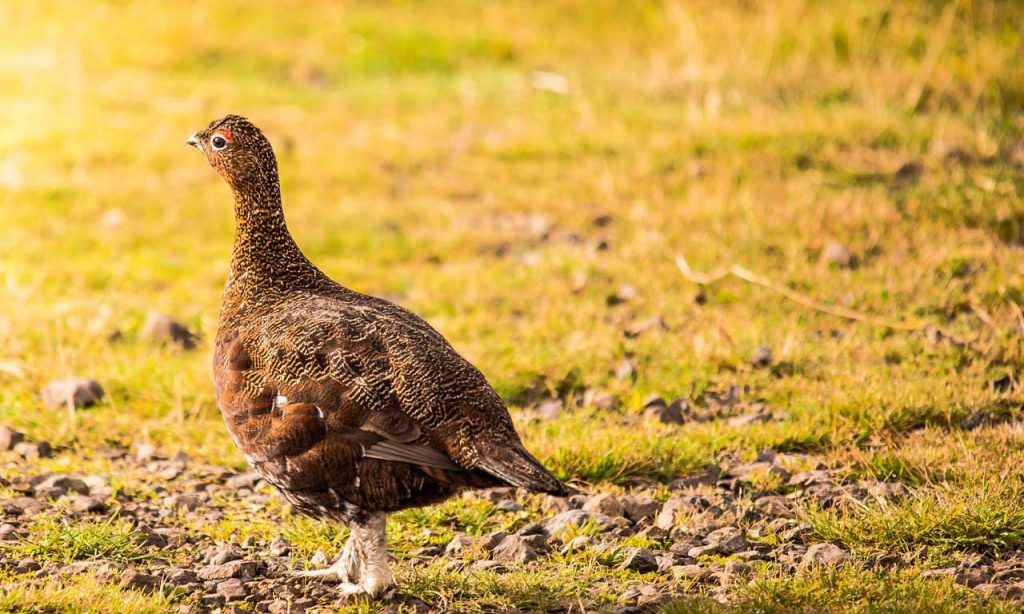The Boulder County Parks & Open Space Department offers grants for research on county open space lands each year. All proposals are reviewed by a team of resource specialists, and awarded research projects are monitored during their activities on open space.
The following is a summary of a 2017 study conducted by Sarah E. Reed and Jeremy Dertien with the Wildlife Conservation Society and Department of Fish, Wildlife & Conservation Biology at Colorado State University. Their research project focused on the potential effects of human recreation activity on Abert’s squirrel and dusky grouse in Boulder County.
Abstract
Many protected land networks, including Boulder County Parks & Open Space (BCPOS) and Boulder Open Space and Mountain Parks (OSMP), operate under a dual mandate to provide public access for outdoor recreation while also protecting natural resources. However, there is growing evidence that recreation activity can negatively affect wildlife communities, and land and wildlife managers are seeking solutions to balance the benefits of outdoor recreation for human communities with its impacts on species and ecosystems.
We conducted a pilot study of the potential effects of recreation on Abert’s squirrel (Sciurus aberti) and dusky grouse (Dendragapus obscurus). The objectives of the study were to: (1) Test the effectiveness of survey methods for the target species; and (2) Examine relationships between the types and intensity of recreation use and target species detections. We selected 24 sampling locations in a factorial design among permitted activities (mountain biking and hiking, or hiking only), domestic dog policy (off-leash, on-leash, or excluded), and variation in recreation use intensity.
We surveyed for Abert’s squirrels using feeding-sign surveys, we surveyed for dusky grouse using dropping counts and acoustic monitoring, and we monitored recreation activity using remotely-triggered cameras. Detections of Abert’s squirrels were positively associated with the density of large trees and negatively associated with the density of Douglas fir (Pseudotsuga menziesii). We did not find evidence for an effect of permitted activities, domestic dog policy, or recreation use intensity on Abert’s squirrels. However, dusky grouse were detected less frequently in recreation areas where mountain bikes are permitted and in areas with greater visitation levels by cyclists, and we were unable to identify another characteristic of the sampling locations (e.g., vegetation characteristics) that could explain these relationships.
Thus, we recommend that BCPOS and OSMP continue to monitor the potential effects of recreation on dusky grouse in future years. To do so, we recommend altering the research design to focus on sampling locations with habitat characteristics associated with dusky grouse (e.g., mixed conifer forests), switch from a plot-based to a point-transect survey design, employ acoustic monitoring as a primary survey method, and increase the total number of sampling locations. We also recommend that dusky grouse surveys be paired with community-level surveys for other species groups (e.g., point counts for passerine birds) to identify additional species that may be sensitive to recreation disturbance and to account for possible interactions among species. Results of this research would help to balance the recreation and conservation goals of protected lands by informing ongoing management of recreation and supporting decisions regarding designated use of new acquisitions.

